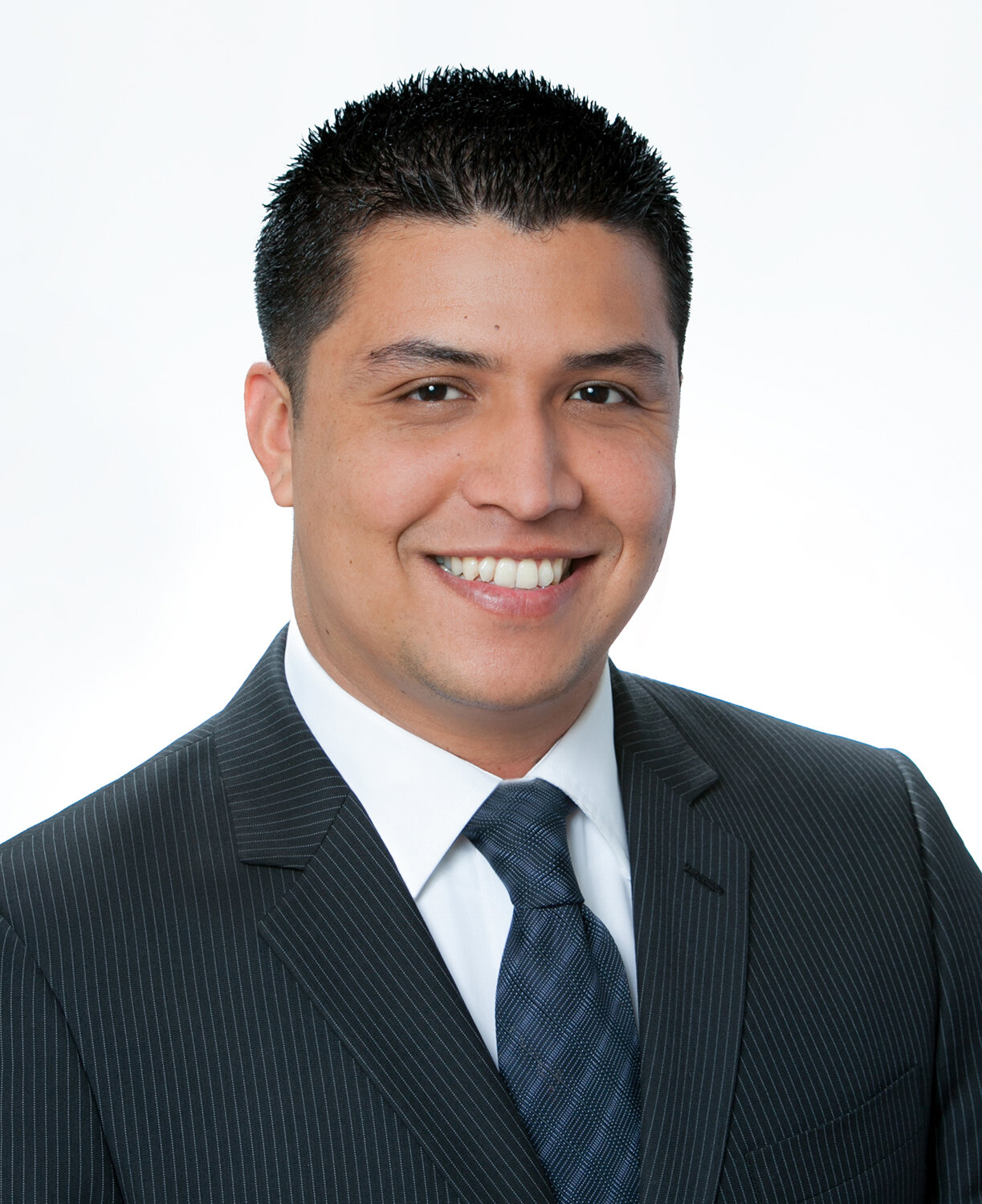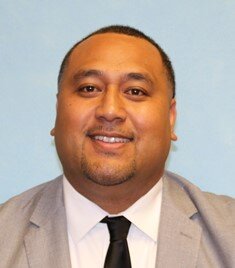In the wake of nationwide first-attempts at K-12 distance learning, much has been written about the difficulties, frustrations, and expectations unmet. For more than three dozen Linda Vista families enrolled in Bayside Community Center’s Academic Club, however, outcomes are overwhelmingly positive despite significant challenges.
Challenges Overcome
In addition to the technical challenges associated with distance learning which included learning new digital platforms, distracting home environments, and poor internet connections, Academic Club students faced other challenges as well.
On average, students first enter Bayside’s Academic Club 2 full years behind their current grade level while returning students typically begin 1 year behind. As academic expectations increase with each grade level if students do not develop a firm base of literacy skills early in their school career literacy gaps widen over time. Long-term results of literacy gaps unaddressed can include absenteeism, higher drop-out rates, less economic mobility, lower wages, and what some author’s have called the ‘school to prison pipeline.’
Additionally, students with English speaking family members typically progress faster and with greater consistency, while those without sufficient English language support often become part of intergenerational cycles of illiteracy.
Nearly every family that participated in Bayside’s Academic Club this year faced one or more socio-economic challenges including but not limited to; food insecurity, housing insecurity, or economic insecurity. These conditions, which often undermine and adversely affect student learning, were significantly exacerbated during the COVID-19 pandemic. In April, 88% of these families reported some form of lost income while 1 in 5 had no working adults and no secure means of providing essentials like food or paying for utilities including internet service. Distance learning was a secondary concern at most.






































